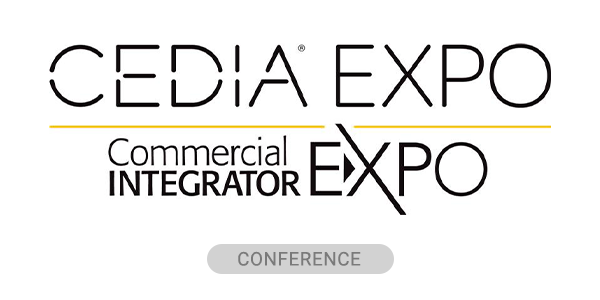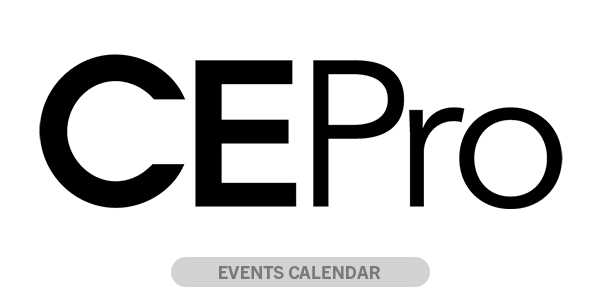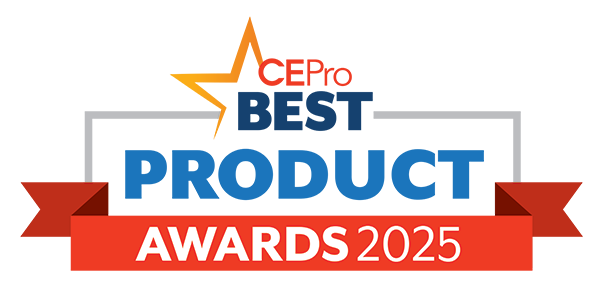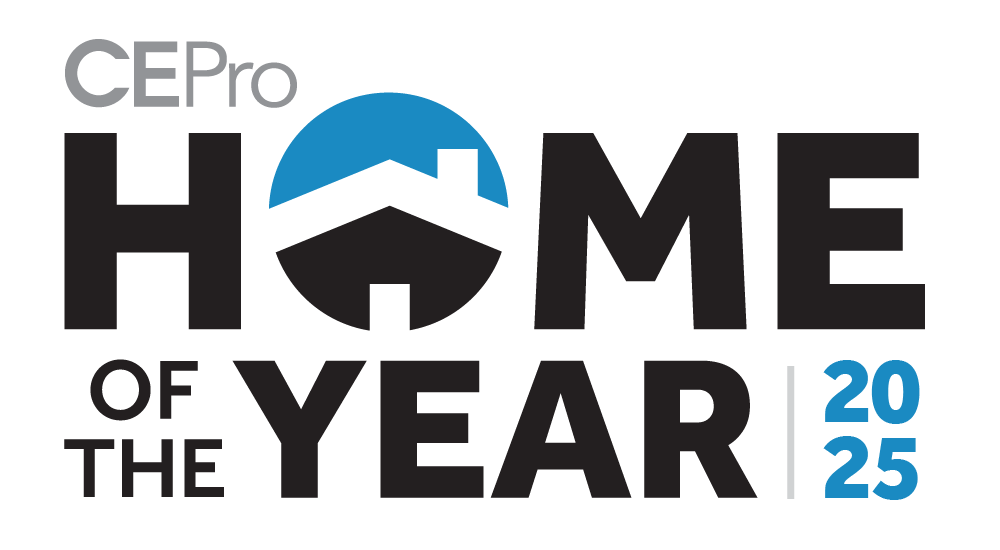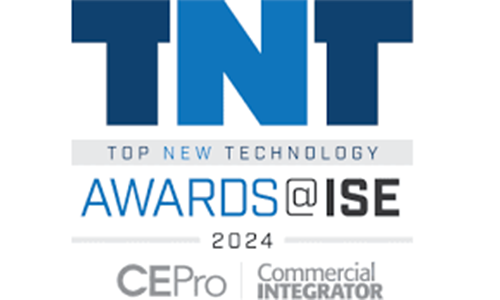For more than 30 years Boulder has designed and built some of the most exotic audio components in the entire world of consumer electronics.
Adding to its 2100 series of products, the Colorado-based manufacturer has just announced its new 2120 DAC. Commenting on the DAC's R&D process, Boulder says it just completed the design and testing of the DAC's HDMI module and it is now ready to begin production of its latest product.
Developed to complement the other 2100 series of products, which includes the 2110 stereo preamplifier, the 2150 monoblock amplifier and the 2160 stereo amplifier, the 2120 DAC employs a modular architecture to enable dealers to tailor the DAC to the exact digital audio needs of each client, and to help clients avoid product obsolescence.
Among the features Boulder bundles with the 2120 DAC include standard traditional inputs such as coaxial, S/PDIF, AES, toslink, asynchronous USB Standard (computer) and slave (memory device), and optional HDMI inputs.
Boulder also points out the DAC offers DLNA/UPnP compatibility via Ethernet for bit-for-bit perfect streaming, and file compatibility with formats that include PCM, DSF (DSD 1x and DSD 2x), AIFF, Apple Lossless, FLAC, WAV, MP3 and OG Vorbis. The Rocky Mountain company also points out the DAC accepts 16-, 20-, 24- and 32-bit word lengths at sampling rates that include 32kHz, 44.1kHz, 48kHz, 88.2kHz, 96kHz, 176.4kHz, 192kHz, 352.8kHz and 384kHz.
Outlining some of the DAC's analog design elements, Boulder says the DAC utilizes a three-output power supply, as well as an independent power supply for low-power consumption standby, isolated analog left and right sections, 10 proprietary Boulder 99S gain stages per channel, and dual balanced outputs for each channel.
Dealers will also have control options such as IP control with two-way communication capabilities for use with systems from companies like Savant and Crestron, and automatic software updates when the DAC is connected to the Internet. Other control features include function control points on Apple and Android smart devices, and iTunes compatibility.









